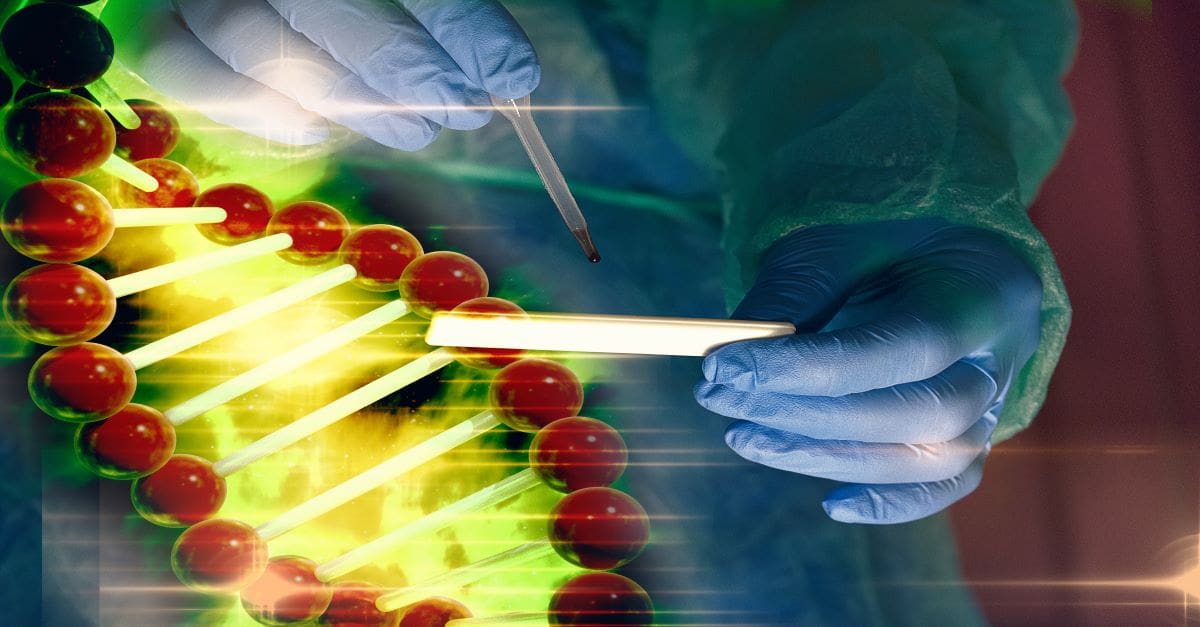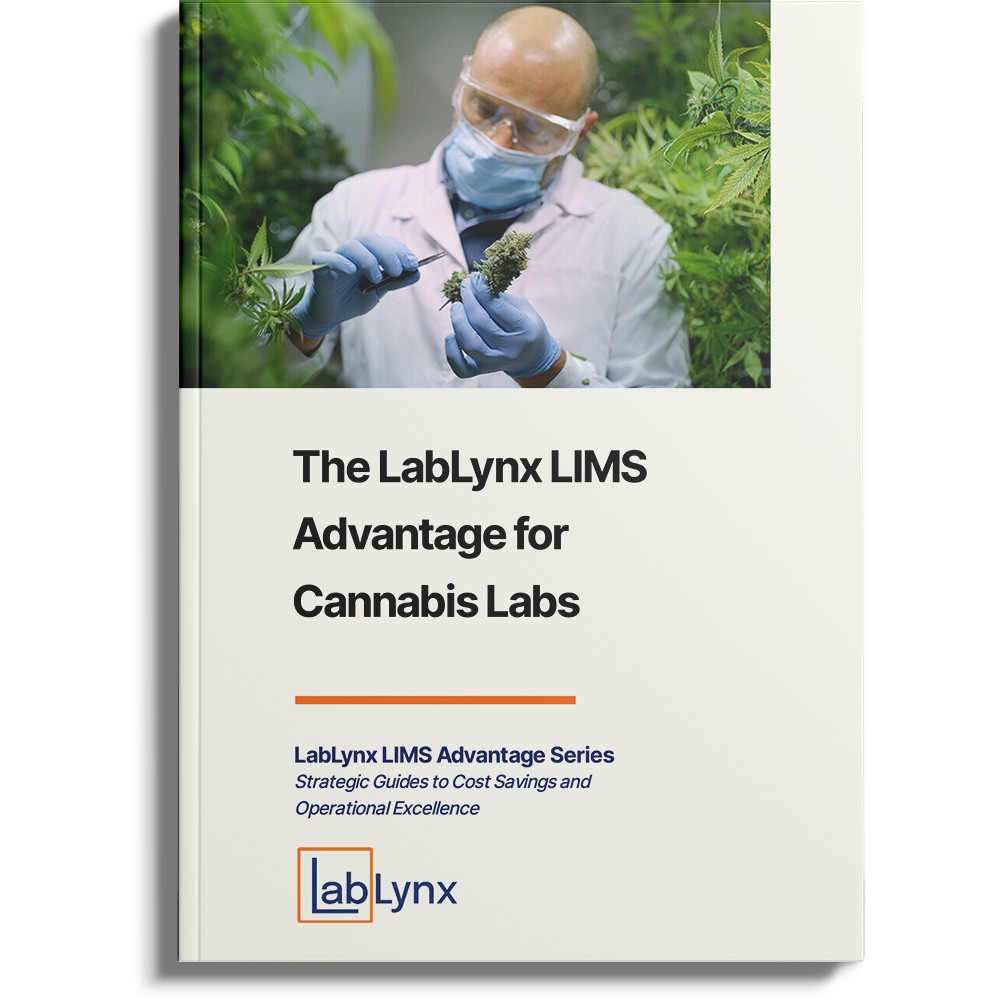
Forensic science is the basis of criminal investigations, helping to solve crimes, find missing persons, and locate dangerous perpetrators. The forensic science discipline is constantly expanding and changing as this science pushes the boundaries of what is achievable in the lab and increases with technological innovation.
In forensics, technology has advanced in significant ways, and these advancements can be furthered by keeping up with new developments as they emerge. The following are some examples of technological developments that have helped forensic science.
DNA phenotyping
In forensic DNA research, DNA fragments are taken from hair, bodily fluids, and tissues and can be immensely helpful in locating and validating evidence at crime scenes. However, converting DNA into valuable information can be difficult if the owner isn’t included in a database when DNA phenotyping becomes essential.
DNA phenotyping predicts physical and physiological features using detailed genetic data collected from genotyping or DNA sequencing. These may consist of details like sex, face shape, and hair and eye color. Though the ethics surrounding this are complex, some of the most recent DNA phenotyping tools can predict skin tone.[1] Using a laboratory DNA analysis tool, law enforcement officers or anthropologists can enter pertinent data, and this phenotyping tool will forecast the pigment profile of the DNA source.
With the help of forensic experts, detectives can identify a suspect’s distinguishing characteristics, such as hair, eye, and skin color, by sequencing a DNA sample. Age and biological background can also be predicted via newer approaches.
Rapid DNA, a research technique created by the Department of Homeland Security to utilize DNA to identify family members during emergencies, serves many purposes, as it can be used to link immigrant families, and forensic analysts can employ and use this technology to aid in homicide investigations. This simpler technology also comes with an added ease of use that is preferential for an effective operation.
Immunochromatography
By putting a little sample onto a ready-made test strip, immunochromatography is a technique for detecting illnesses. Testing that frequently employs this method includes COVID-19, HIV, and even pregnancy tests, and results are usually available very quickly. Immunochromatography tests are used in forensics to identify compounds such as narcotics and pharmaceuticals in patients’ body fluids. Even a smartphone-based sensor has been created to analyze saliva samples using immunochromatography without the necessity for a lab setting.
Forensic scientists frequently find great value in body fluids as evidence. Using immunochromatographic strip tests, researchers can evaluate biological stains and learn important details about the fluid’s origins. The most recent immunochromatographic strip tests may identify up to five bodily fluids at once. As a result, many tests are no longer necessary and may instead be performed on a single sample by scientists. There has been research conducted that examines the use of immunochromatography to identify methamphetamine in urine-based forensic drug testing. [2]
Biosensors for fingerprint analysis
Similar to DNA, a suspect’s fingerprints can be matched to a crime scene via comparison. However, not all fingerprints are distinct or readable. To identify the suspect, forensic scientists can now employ biosensors to examine the minute amounts of biological fluids found in fingerprints. Age, medication use, gender, and lifestyle are all variables that can be identified. The use of biosensors on other bodily fluids discovered at a crime scene is also possible.
Blood, hair, and human fluids are among the biological elements that are frequently found at crime scenes. With the advent of new technology, fingerprints have joined the list of natural elements biosensors can analyze.
Human fingerprints are distinctive to each person, just like DNA. They are, therefore, helpful tools for locating suspects and unknown individuals. However, fingerprints are not always accurate and are frequently challenging to interpret, which is where biosensor analysis comes into play. It is possible to analyze tiny quantities of biological fluids found in and around fingerprints using ultra-sensitive devices. Information on potential gender, age, drug/medication traces, and other characteristics can be generated using data.
Drug testing
It is common for forensic teams to be asked to identify unidentified chemicals, whether they are in powder, liquid, or pill form. To determine what kind of chemical is present and to confirm its presence, laboratories use presumptive tests and confirmatory tests.[3] Other tests include microcrystalline testing, gas chromatography, and ultraviolet spectrophotometry, which employ ultraviolet and infrared light to observe how the chemical interacts.
These tests are impactful as they can reduce the number of harmful substances available for public consumption. These testing methods determine the presence (or lack thereof) of these substances within a sample, whether it be urine, follicle, blood, or something else.
Forensic drug chemistry aims to determine if a submitted material contains an illegal substance. Then, based on the analysis results, law enforcement can pursue criminal charges, and the court can determine appropriate litigation. In light of the global opioid crisis, harm reduction organizations work to make drug usage safer for those who use it. Those organizations use numerous drug testing methods to identify and, where possible, quantify the contents of illicit drugs so that their users can make educated decisions.
Forensic laboratory information management system
Many types of data and information are frequently obtained inside and outside the forensics science lab at all hours of the day, both physically and digitally. It is essential to have an informatics tool, such as a laboratory information management system (LIMS), that can keep up with these operations to retain an efficient understanding of the information streaming into and out of a lab. The accuracy of the information, data, and evidence is also crucial for establishing legal provenance and developing forensic intelligence. A well-built and maintained LIMS can be useful to control and customize a laboratory’s workflow to protect the integrity and communication efficiency of the data provided by a laboratory.
LabLynx has seen an increase in forensic labs seeking updated LIMS software post-COVID-19, with more government funding being offered to improve laboratory informatics. LabLynx offers the ELab LIMS software solution that can meet the needs and fit the workflows required for all labs, including forensic laboratories.
References
[1] Global skin color prediction from DNA. (n.d.). National Library of Medicine. Retrieved October 20, 2022, from https://www.ncbi.nlm.nih.gov/pmc/articles/PMC5487854/ [2]A Method to Quantify Illicit Intake of Drugs from Urine: Methamphetamine. (n.d.). Retrieved October 24, 2022, from https://www.ncbi.nlm.nih.gov/pmc/articles/PMC3126645/ [3] Chem, J. (n.d.). Presumptive and Confirmatory Drug Tests. American Chemical Society Publications. Retrieved October 24, 2022, from https://pubs.acs.org/doi/pdf/10.1021/ed082p1809




